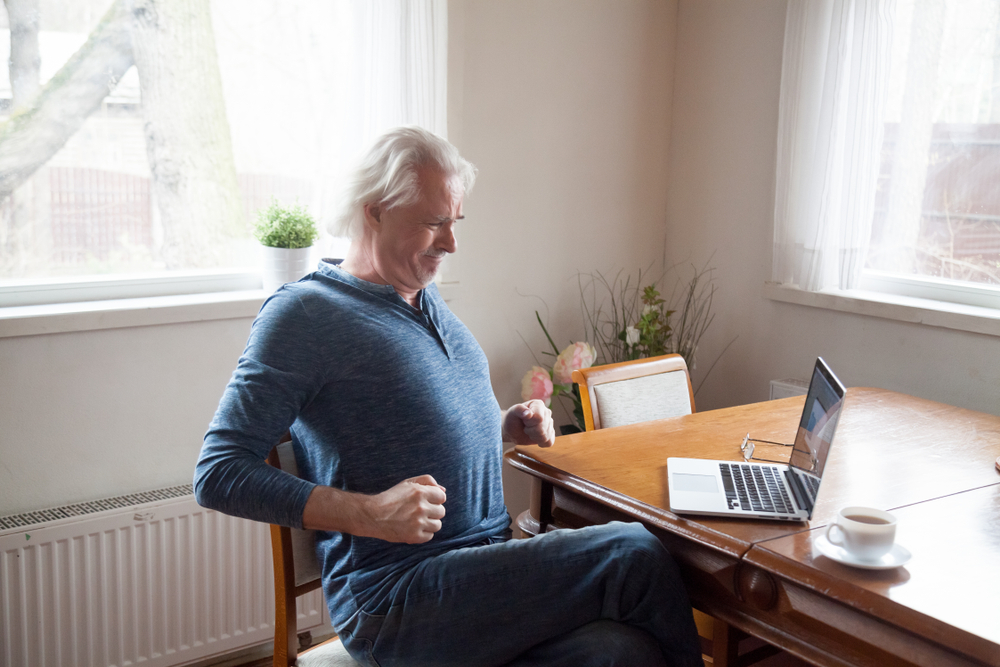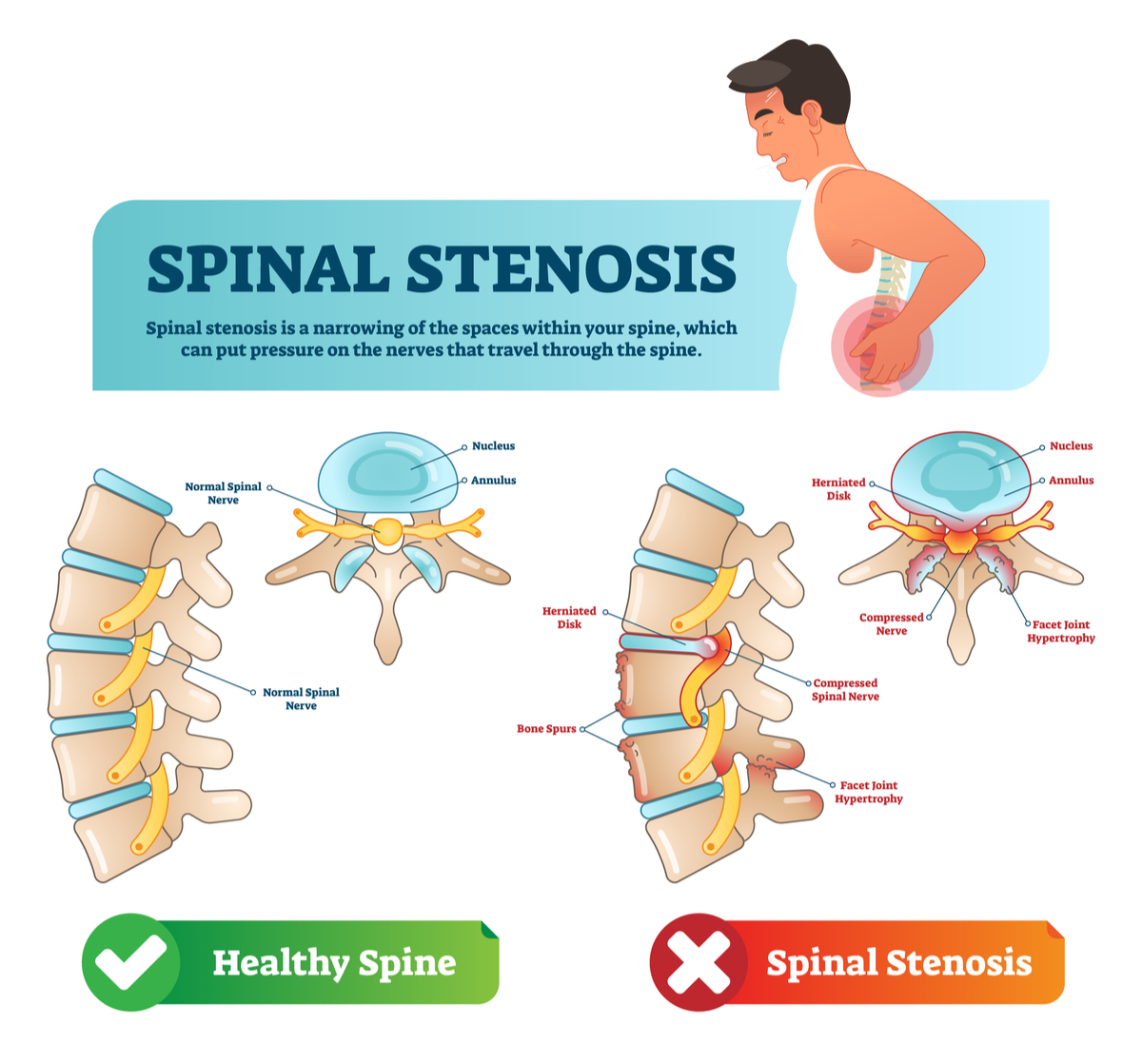
As Long Island’s leading orthopedist, Central Orthopedic Group diagnoses and treats many orthopedic injuries every day. Right now, spinal stenosis is one of the most common injuries orthopedists treat nationwide.
Most often, spinal stenosis affects the lower back and neck. Successful pain management and treatment is absolutely possible for spinal stenosis. And, there are several reliable ways to continue working and enjoying your favorite pasttimes without the pain and frustration of spinal stenosis.
So what exactly is spinal stenosis? What are the symptoms and how do specialists diagnose it? We’ve gathered all of the relevant information on spinal stenosis below.
What is Spinal Stenosis?
Basically, your spine is a column of bones that provide support for your upper body. Within this column is a network of nerves running through the vertebrae, which carry signals from your brain to the rest of your body.
The bones encasing these nerves protect them from damage or impact. If anything affects them, it can have a negative impact on simple motor functions like walking or running.
Spinal stenosis occurs when the spinal column narrows and starts compressing the cord. And, it’s usually a very gradual process. Sometimes spinal stenosis can be so narrow that it doesn’t produce any symptoms. However, too much narrowing becomes problematic and medical attention should be sought quickly.
Spinal stenosis doesn’t impact just one area of the spine. Usually, it afflicts patients’ lower backs, but it can occur anywhere along the spine.
What are the Symptoms?
Typically, symptoms are gradual with most cases of spinal stenosis. The severity will increase over time. It usually begins with lower back pain when standing or walking. Then you’ll feel weakness in your legs or arms, numbness in legs or buttocks, and problems with balance. Patients who experience lower back or neck pain can sometimes mistake pain from body-taxing jobs for spinal stenosis.
Certain stretches or sitting upright in a chair can alleviate many of the symptoms. However, this relief will be fleeting. While you may be able to temporarily lessen the pain, spinal stenosis won’t go away. And the symptoms will return eventually, and most likely be a lot worse.
What Causes It?
Aging is the primary cause of most spinal stenosis. As our bodies age, we experience physical degeneration. Our bodies begin to weaken and orthopedic health plummets. The tissue in our spines may begin to thicken, and swelling bones can compress our nerves.
Disorders like rheumatoid arthritis and osteoarthritis can also lead to spinal stenosis, since the inflammation places pressure on the spinal cord.
Scoliosis, spine defects at birth, bone tumors and Paget’s disease can also cause spinal stenosis. Paget’s disease is a bone disorder that interferes with the natural recycling process of your body. Usually, new bone tissue will replace old bone tissue. But Paget’s disease disrupts the cycle. And this can cause the bones to become fragile and misshapen.

How is it Diagnosed?
All patients will undergo examination if they’re experiencing symptoms of spinal stenosis. Specific movements are required for your doctor to assess your locomotive abilities, which can be inhibited by spinal stenosis.
Tests such as x-rays, CT scans and MRIs can also be critical to identifying spinal stenosis. Bone density scans and electromyograms will identify bone damage and test the health of your nerves.
Spinal Stenosis Treatment
Many patients prefer to manage their pain with natural remedies. And in most cases, treatment begins with medications. If a case of spinal stenosis receives treatment early enough, invasive procedures can be avoided. Certain foods can help to accelerate recovery.
To reduce swelling, your doctor can perform cortisone injections into the spinal column. Many patients’ pain can be relieved by anti-inflammatory medication. And physical therapy can also be an enormous benefit in managing spinal stenosis. Physical therapy can strengthen muscles and stretch the body.
Surgery will be necessary if the spinal stenosis gets severe enough. Spinal revision surgery is a way to restore the necessary functions of the spinal cord. But with spinal stenosis, most of the time a revision surgery isn’t needed.
Spinal fusion surgery is required in the most severe cases. During surgery, the disconnected vertebrae are joined together to reinforce the spine and ease the pain.
Conclusion
Spinal stenosis is one of the many issues that can lead to a significant degree of pain and prevent those affected from enjoying their favorite activities. Therefore, you should immediately make an appointment if you suspect you might be suffering from spinal stenosis. The treatment will be less extensive the earlier it’s treated.
